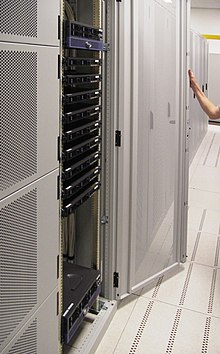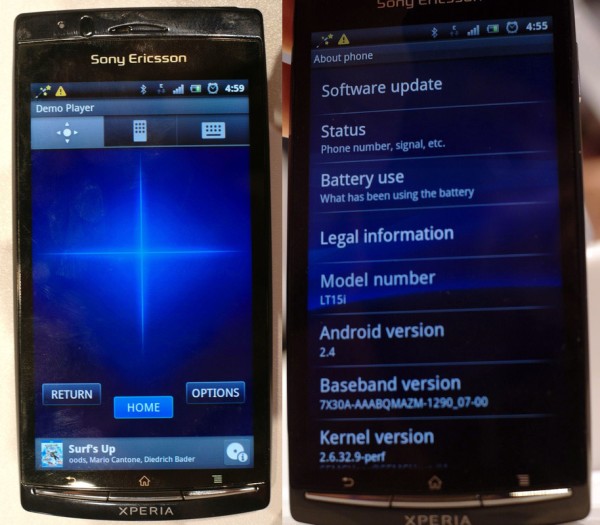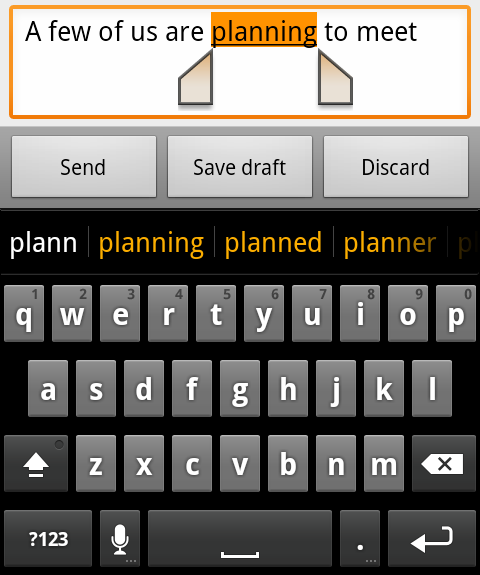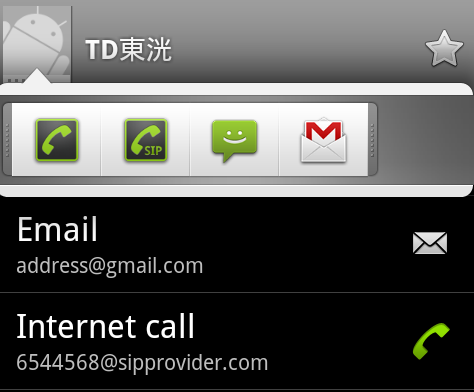A web hosting service is a type of Internet hosting service that allows individuals and organizations to make their own website accessible via the World Wide Web. Web hosts are companies that provide space on aserver they own or lease for use by their clients as well as providing Internet connectivity, typically in a data center. Web hosts can also provide data center space and connectivity to the Internet for servers they do not own to be located in their data center, called colocation or Housing as it is commonly called in Latin America or France.
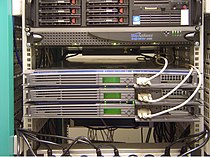
The scope of hosting services varies widely. The most basic is web page and small-scale file hosting, where files can be uploaded via File Transfer Protocol (FTP) or a Web interface. The files are usually delivered to the Web "as is" or with little processing. Many Internet service providers (ISPs) offer this service free to their subscribers. People can also obtain Web page hosting from other, alternative service providers. Personal web site hosting is typically free, advertisement-sponsored, or inexpensive. Business web site hosting often has a higher expense.
Single page hosting is generally sufficient only for personal web pages. A complex site calls for a more comprehensive package that provides database support and application development platforms (e.g. PHP,Java, Ruby on Rails, ColdFusion, and ASP.NET). These facilities allow the customers to write or install scripts for applications like forums and content management. For e-commerce, SSL is also highly recommended.
The host may also provide an interface or control panel for managing the Web server and installing scripts as well as other services like e-mail. Some hosts specialize in certain software or services (e.g. e-commerce). They are commonly used by larger companies to outsource network infrastructure to a hosting company.
Types of hosting
Internet hosting services can run Web servers; see Internet hosting services.
Many large companies who are not internet service providers also need a computer permanently connected to the web so they can send email, files, etc. to other sites. They may also use the computer as a website host so they can provide details of their goods and services to anyone interested. Additionally these people may decide to place online orders.
- Free web hosting service: offered by different companies with limited services, sometimes supported by advertisements, and often limited when compared to paid hosting.
- Shared web hosting service: one's website is placed on the same server as many other sites, ranging from a few to hundreds or thousands. Typically, all domains may share a common pool of server resources, such as RAM and the CPU. The features available with this type of service can be quite extensive. A shared website may be hosted with a reseller.
- Reseller web hosting: allows clients to become web hosts themselves. Resellers could function, for individual domains, under any combination of these listed types of hosting, depending on who they are affiliated with as a reseller. Resellers' accounts may vary tremendously in size: they may have their own virtual dedicated server to a collocated server. Many resellers provide a nearly identical service to their provider's shared hosting plan and provide the technical support themselves.
- Virtual Dedicated Server: also known as a Virtual Private Server (VPS), divides server resources into virtual servers, where resources can be allocated in a way that does not directly reflect the underlying hardware. VPS will often be allocated resources based on a one server to many VPSs relationship, however virtualisation may be done for a number of reasons, including the ability to move a VPS container between servers. The users may have root access to their own virtual space. Customers are sometimes responsible for patching and maintaining the server.
- Dedicated hosting service: the user gets his or her own Web server and gains full control over it (root access for Linux/administrator access for Windows); however, the user typically does not own the server. Another type of Dedicated hosting is Self-Managed or Unmanaged. This is usually the least expensive for Dedicated plans. The user has full administrative access to the box, which means the client is responsible for the security and maintenance of his own dedicated box.
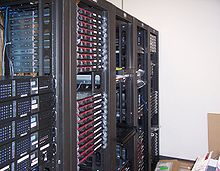
- Managed hosting service: the user gets his or her own Web server but is not allowed full control over it (root access for Linux/administrator access for Windows); however, they are allowed to manage their data via FTP or other remote management tools. The user is disallowed full control so that the provider can guarantee quality of service by not allowing the user to modify the server or potentially create configuration problems. The user typically does not own the server. The server is leased to the client.
- Colocation web hosting service: similar to the dedicated web hosting service, but the user owns the colo server; the hosting company provides physical space that the server takes up and takes care of the server. This is the most powerful and expensive type of web hosting service. In most cases, the colocation provider may provide little to no support directly for their client's machine, providing only the electrical, Internet access, and storage facilities for the server. In most cases for colo, the client would have his own administrator visit the data center on site to do any hardware upgrades or changes.
- Cloud Hosting: is a new type of hosting platform that allows customers powerful, scalable and reliable hosting based on clustered load-balanced servers and utility billing. Removing single-point of failures and allowing customers to pay for only what they use versus what they could use.
- Clustered hosting: having multiple servers hosting the same content for better resource utilization. Clustered Servers are a perfect solution for high-availability dedicated hosting, or creating a scalable web hosting solution. A cluster may separate web serving from database hosting capability. (Usually Web hosts use Clustered Hosting for there Shared hosting plans, as there are multiple benefits to the mass managing of clients)
- Grid hosting: this form of distributed hosting is when a server cluster acts like a grid and is composed of multiple nodes.
- Home server: usually a single machine placed in a private residence can be used to host one or more web sites from a usually consumer-grade broadband connection. These can be purpose-built machines or more commonly old PCs. Some ISPs actively attempt to block home servers by disallowing incoming requests to TCP port 80 of the user's connection and by refusing to provide static IP addresses. A common way to attain a reliable DNS hostname is by creating an account with a dynamic DNS service. A dynamic DNS service will automatically change the IP address that a URL points to when the IP address changes.
Some specific types of hosting provided by web host service providers:
- File hosting service: hosts files, not web pages
- Image hosting service
- Video hosting service
- Blog hosting service
- One-click hosting
- Pastebin Hosts text snippets
- Shopping cart software
- E-mail hosting service

